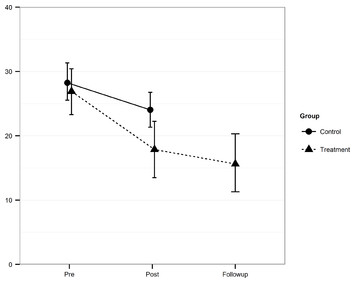
For t-tests, there is also an allocation ratio box that represents the ratio of participants in each of your groups (a ratio of 1 means that the groups are equal in size ratio of 2 means one group is 2x the size of the other). This includes selecting whether you want a one-tailed or two-tailed test (use two-tailed), the effect size, the alpha level, and the level of power you want (usually. The next step is to enter Input Parameters. But you could use the post-hoc option to determine if the sample size you plan to collect will give you enough power to detect an effect of a hypothesized size. For example, you can calculate post-hoc power, but post-hoc power analyses are not actually informative. GPower gives you several other options in addition to apriori. In general, you should only conduct power analyses apriori–that is, before you collect data. Once you’ve selected the statistical test, the next step is to select the Type of Power Analysis we want to conduct. There is also the option to calculate power for non-parametric t-tests, as well as linear regression models. For example, within the t-test family, we could select Means: Differences between two independent groups or Means: Differences between dependent groups. Most often (for this course), you’ll likely be selecting t-test or F-test.Īfter you select the test family, you then need to select which type of Statistical Test within that family you need. The Test Family box is where you select the test family you need. Gpower has a series of drop down menus where you select the test and statistic you need, and then input the necessary information. Once you have GPower installed, open the application.


You can also find a link to the GPower download site, the manual, and some helpful links for using GPower on the course D2L site. You can also download the GPower manual if you want a copy of it. There is a version available for Windows and Mac operating systems. Scroll down the page to the Download section.

DEPENDENT T TEST WITHIN GROUP EFFECT SIZE GPOWER INSTALL
If you haven’t already, you will need to download and install the free program G*Power from this website:


 0 kommentar(er)
0 kommentar(er)
